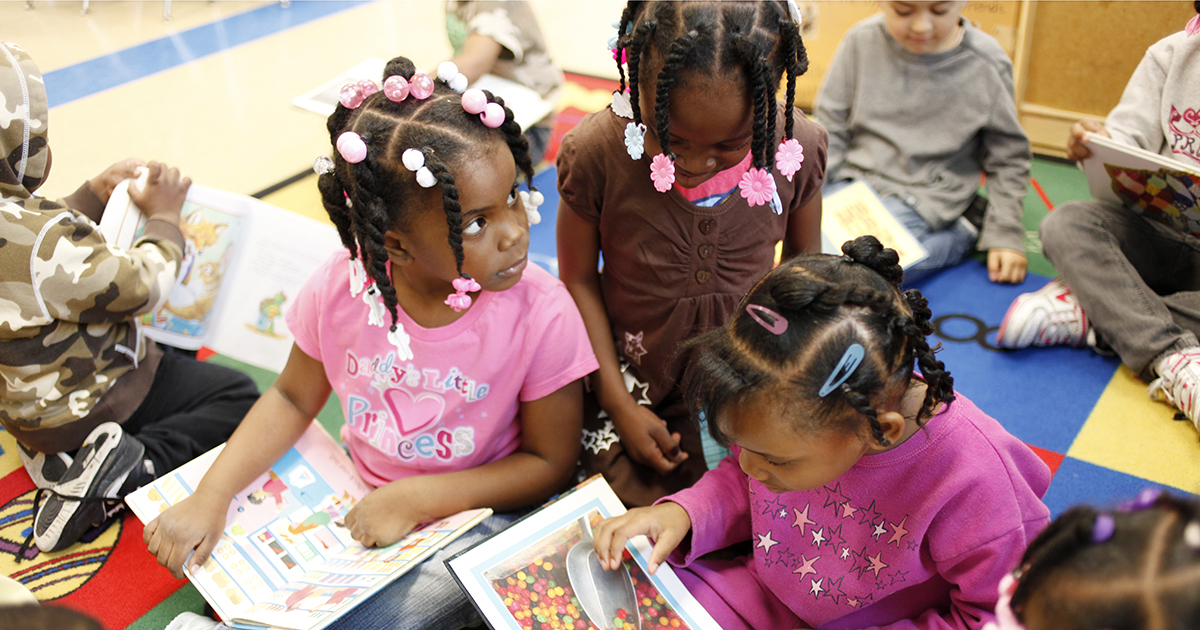Scaling Up the Success for All Model of School Reform
Final Report from the Investing in Innovation (i3) Evaluation

Success for All (SFA) is one of the best-known school reform initiatives. Combining a challenging reading program, whole-school reform elements, and an emphasis on continuous improvement, it seeks to ensure that every child learns to read well in the elementary grades. In 2010, the Success for All Foundation (SFAF) received a scale-up grant under the U.S. Department of Education’s Investing in Innovation (i3) program. This third and final report from the independent evaluation of the i3 scale-up examines the program’s implementation and impacts over three years, its incremental cost, and the scale-up process itself. Thirty-seven evaluation schools in five school districts were randomly assigned either to a program group of 19 schools that received SFA or to a control group of 18 schools that used alternative reading programs. This design supports causal impact findings for the average school assigned to SFA. Overall, the evaluation led to several key findings:
-
Although SFA was implemented with adequate fidelity at the great majority of schools that adopted it, resource constraints prevented some schools from putting in place some of its key features, including a full-time facilitator and SFA’s computerized tutoring program.
-
Program group and control group schools were different in some respects (for example, SFA schools were unique in placing students in cross-grade ability groups for reading, and SFA teachers made greater use of cooperative learning) but similar in others.
-
SFA is an effective vehicle for teaching phonics. In the average SFA school, the program registered a notable, statistically significant impact on a measure of phonics skills for second-graders who had been in SFA for all three years, compared with their control group counterparts. Students in the average SFA school did not outperform their counterparts in the average control group school on tests of reading fluency or comprehension.
-
For a subgroup of special concern to policymakers and practitioners — students entering school with low preliteracy skills — SFA appears to be especially effective. Second-graders in the average SFA school who had started kindergarten in the bottom half of the sample in terms of their knowledge of the alphabet and their ability to sound out words registered significantly higher scores on measures of phonics skills, word recognition, and reading fluency than similar students in control group schools. The impact on comprehension for this group was also positive but not statistically significant. The program did not significantly affect outcomes for the subgroup of students who started kindergarten in the top half of the sample in terms of phonetic skills.
-
In a case study district, the direct expenditures for additional reading facilitator time, after-school tutoring, materials, and professional development were estimated to cost $119 more per student per year in SFA schools than in control group schools. Including the extra time that SFA principals devoted to the program and that coaches and teachers spent in training, the extra cost of space for storing SFA materials, and other factors, program group schools spent about $227 worth of resources per student per year more than control group schools.
- Through the fourth year of the i3 grant, SFA was put in place in 447 new schools and reached an estimated 276,000 students. These numbers fell below SFAF’s ambitious goals but represent a notable achievement in a period of staff layoffs and other cutbacks in many schools and districts.







